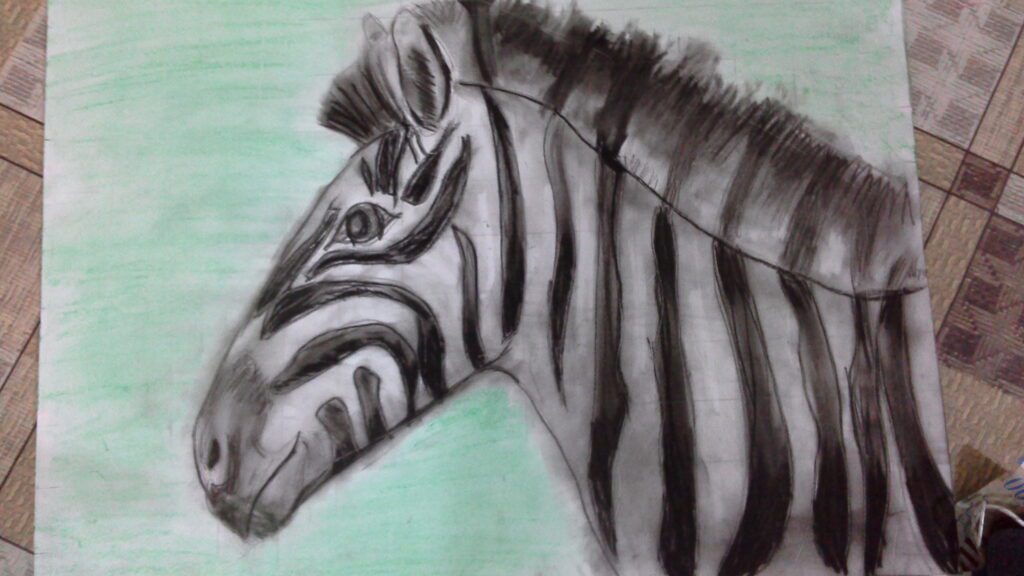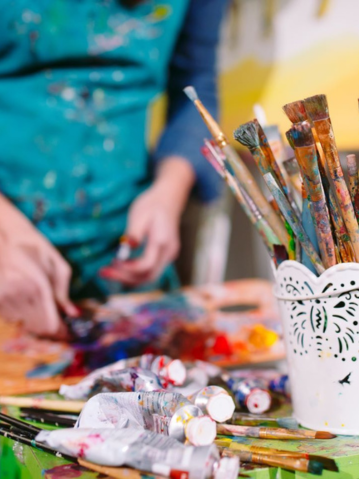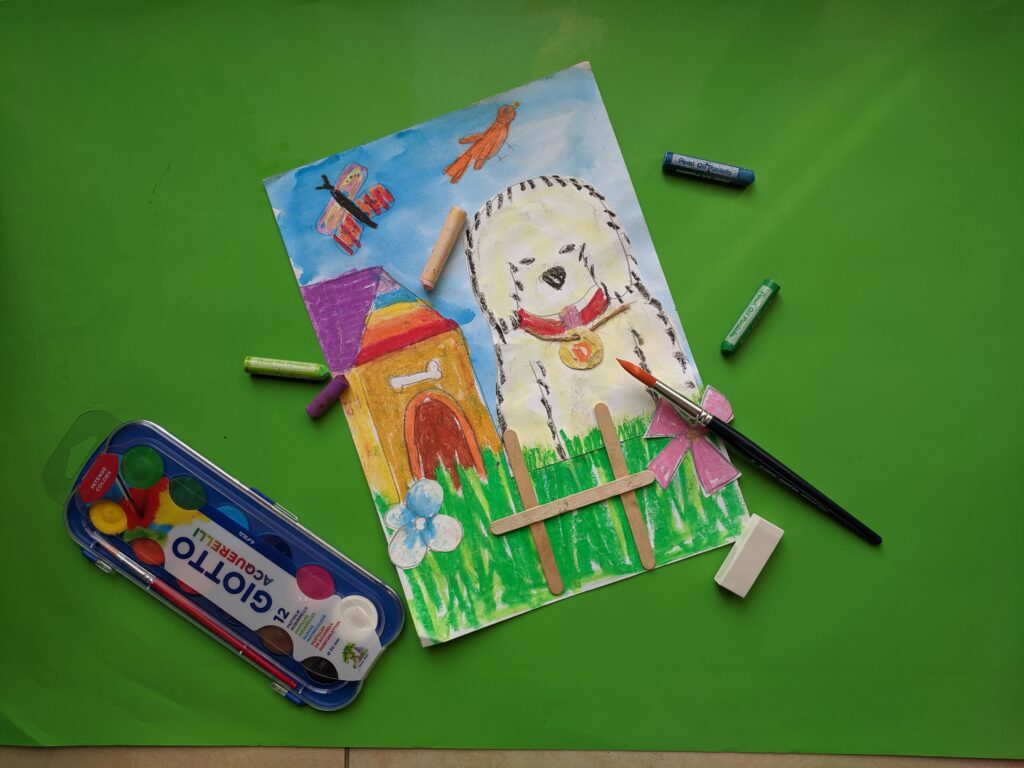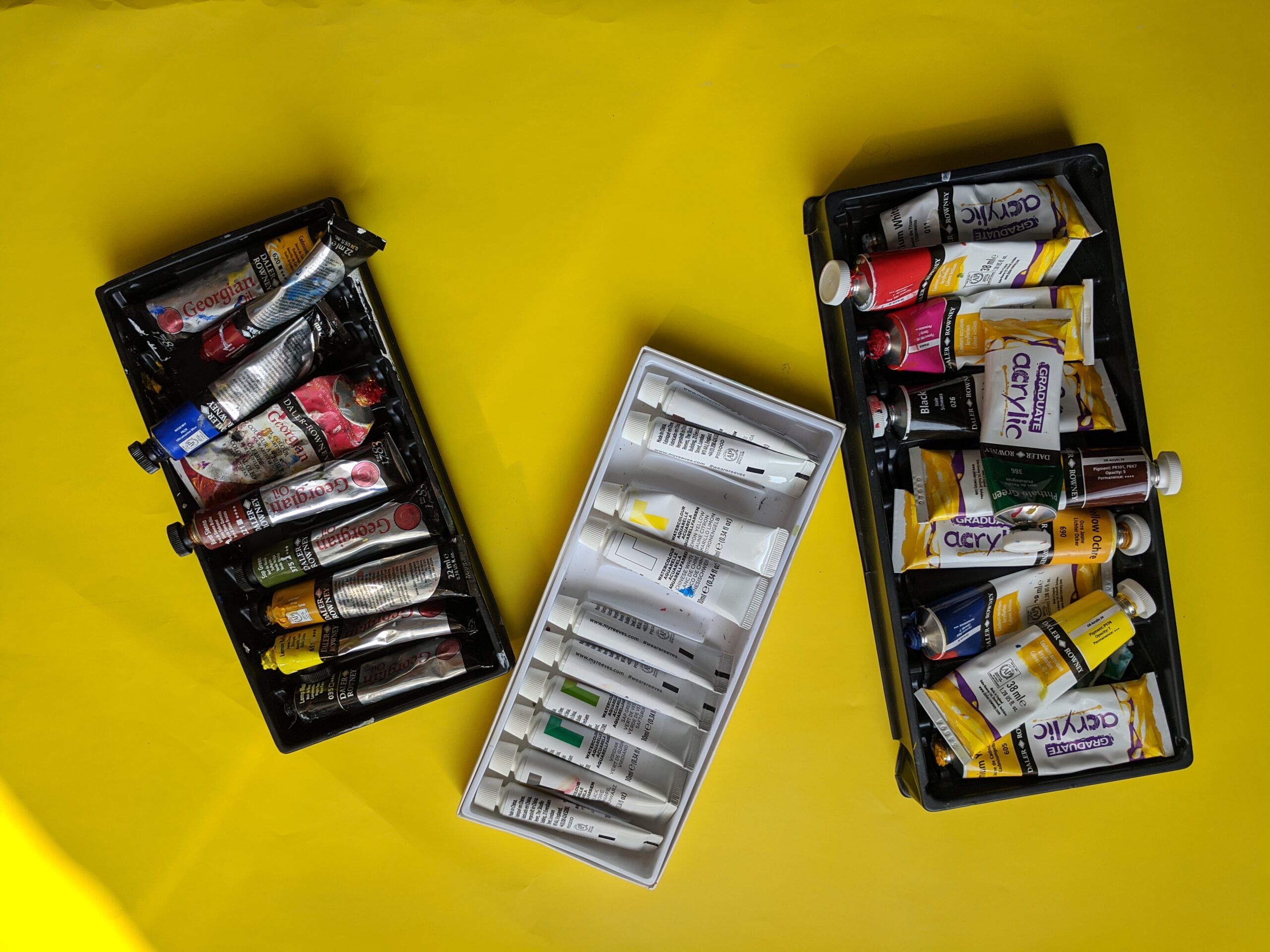Learning a new skill, especially painting and drawing, can be an exciting yet challenging journey. But sometimes, it’s the little things that make all the difference in your progress. As an art teacher, I’ve picked up a number of tips and tricks that I share with my students to help them grow as artists faster and more effectively. These simple yet powerful techniques can truly elevate your painting and drawing skills, whether you’re a beginner or looking to improve. Let’s dive into some of the best practices that will make a huge impact on your artistic journey.
1. Squint Your Eyes to See the Values of an Object
One of the first things I encourage my students to do when drawing is to squint their eyes while observing the subject. By doing this, you simplify the image and can better distinguish the light and dark areas, or “values.” This technique helps you avoid getting bogged down by unnecessary details and allows you to focus on the overall light distribution, which is essential for creating depth and dimension in your work.

2. Start with Light Colors
When it comes to painting, many beginners make the mistake of starting with dark colors right away. A helpful trick is to always start with light colors and gradually work your way to darker shades. This method gives you more flexibility because you can always darken the colors as you go. It’s much harder to lighten colors once you’ve used dark tones, so starting light is the best approach to create a natural progression in your painting.

3. Close One Eye and Trace the Edges with Your Finger
To truly understand the shapes and lines of the object you are painting, try closing one eye. By doing so, you’ll eliminate depth perception and focus more on the outlines and shapes. Use your finger to trace the edges of the object in front of you as if you were drawing them in the air. This simple exercise helps you refine your observation skills and gives you a better understanding of the subject you’re painting.
4. Set Up Your Palette Like a Color Wheel
A well-organized palette is crucial to effective color mixing. One trick I always teach my students is to arrange their colors in a way that mimics the order of the color wheel. This makes it easier to see which colors are complementary, analogous, or primary. Having your colors in this format also allows for smoother transitions between hues and ensures that your color mixing is more efficient.

5. Patience Is Key: Don’t Expect to Become an Artist Overnight
As with any new skill, mastering painting takes time, practice, and patience. Don’t expect to become a skilled artist overnight, and don’t be discouraged if things don’t go perfectly at first. It’s all part of the learning process. Embrace mistakes and view them as valuable learning opportunities. Every brushstroke is a step toward improvement. For some reason, this one needs to be repeated a lot until my students believe me!
6. Experiment with Hues
One of the best ways to improve your color mixing skills is by experimenting with hues. Start by creating a specific hue, and then explore how you can manipulate it. Can you make it lighter or darker? Try adding a complementary color to see how it changes. This process helps you understand how different colors interact with one another and builds confidence in your ability to control the palette.
7. Break Down Kids’ Art into Shapes
When teaching children, one of the most effective methods is to break down their artwork into simple shapes. Encourage your young students to see circles, squares, and triangles within the images they are trying to create. This will help them understand proportions, structure, and perspective more easily, ultimately making their artistic process more accessible.

8. Copy Pictures to Develop Observation Skills
For young learners, one of the best practices is to copy pictures. This exercise teaches them to see things for what they are, not just what they think they should look like. Copying a picture forces them to focus on the details, shapes, and proportions of the image. It also builds their ability to replicate realistic elements and helps refine their hand-eye coordination. Obviously, this is one part of the skills a child needs, but it is a really helpful one.
9. Divide Your Paper into Four for Proportions
When you’re working on a new painting, dividing your paper into sections can help maintain proper proportions. Start by drawing a grid or simply dividing your paper into four parts. Then, split the object or image you’re painting into sections that align with the grid lines. This technique ensures that everything is in the right proportion and prevents any elements from being too large or too small.
10. Start with Simple Paintings and Focus on Blending
Before jumping into complex paintings with intricate details, it’s best to start with simpler projects. Focus on basic techniques such as blending and mixing colors. Understanding how to blend different tones together will give you a solid foundation for more detailed and advanced work later on. Simplicity in the beginning allows you to focus on mastering the fundamentals without feeling overwhelmed.

Conclusion: Practice, Patience, and Perseverance
These small tips and tricks can make a world of difference in how quickly you improve as a painter. While it may take time, following these steps can help you see progress faster and more effectively. Remember, it’s not about becoming perfect overnight—it’s about continuous learning, practicing, and growing. Keep experimenting with colors, breaking down shapes, and improving your observation skills, and you’ll see your artistic abilities flourish.
Happy painting and drawing!

